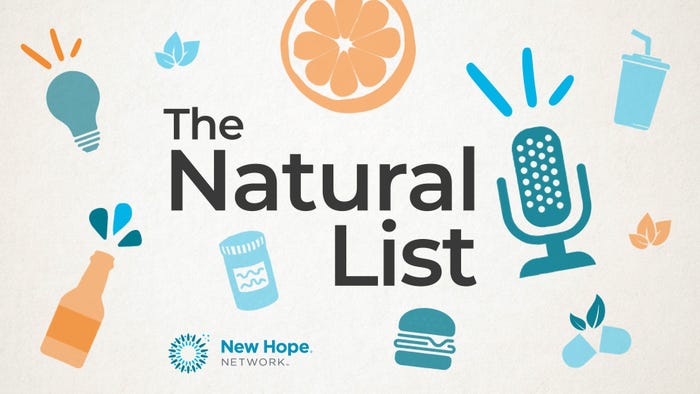
Mighty Mights
Call it pond scum. Call it nature’s miraculous aquatic single-celled chemical factory. Call it the oldest of old-school natural products, aging in at an approximate 2.5 billion years. It put the fossil in fossil fuels, the green in green water. Call Dr. Oz—when he sat down with internet celeb doc Joseph Mercola and they chatted up astaxanthin, this algae strain’s sales went up 2,000%.
7 Min Read

About the Author(s)
Subscribe and receive the latest updates on trends, data, events and more.
Join 57,000+ members of the natural products community.
You May Also Like




